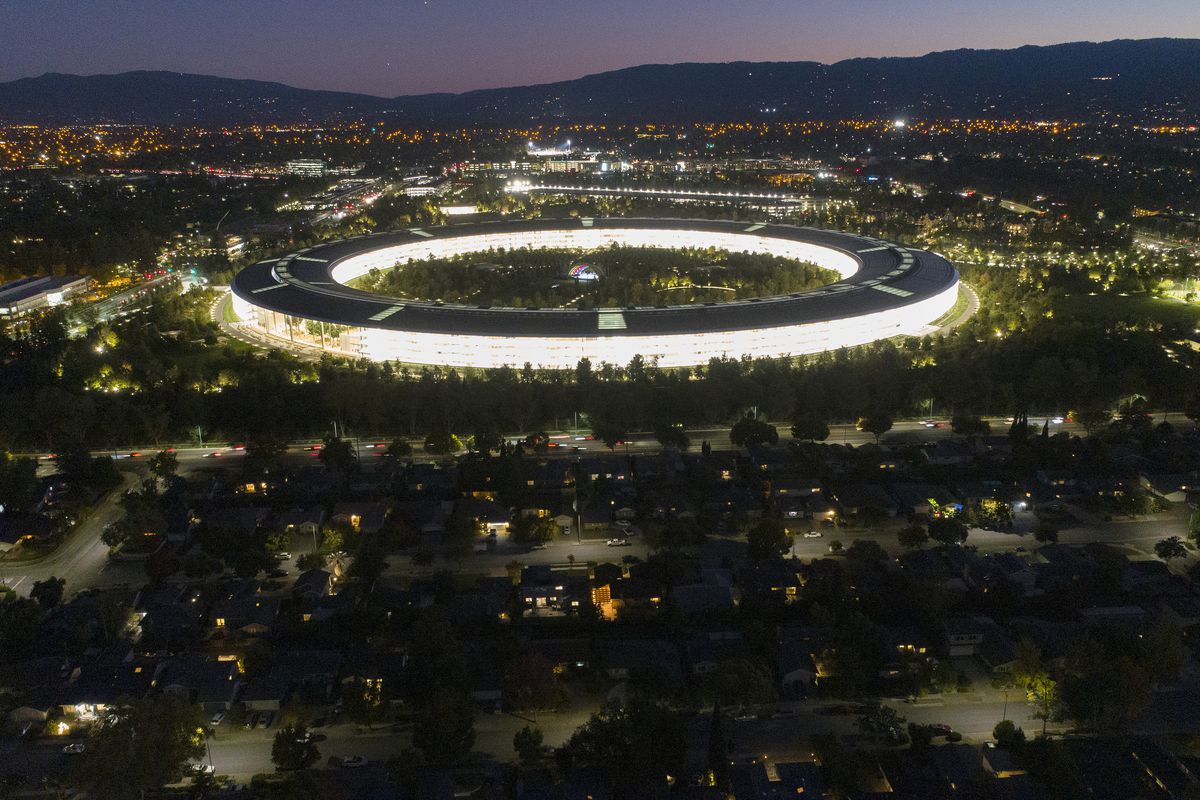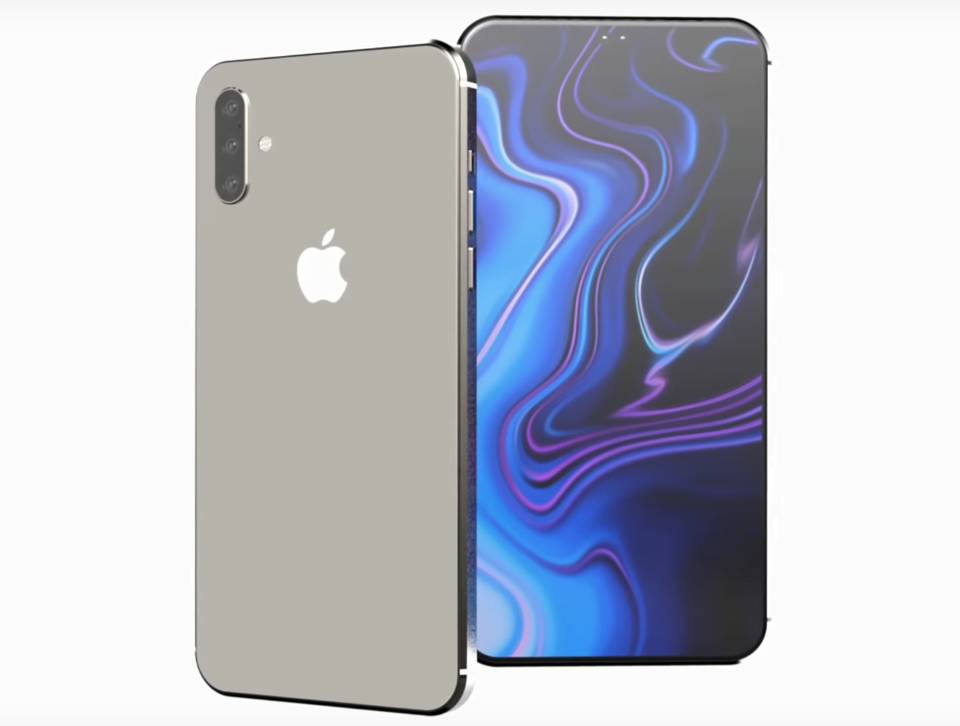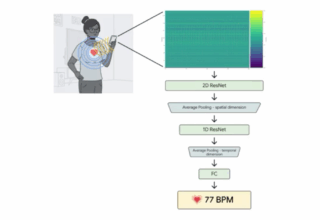The Apple iPhone 6 Plus is the first iPhone to come with optical image stabilization (OIS), and this feature brings quite the noticeable difference when you compare images between the iPhone 6 Plus and the iPhone 6, which lacks optical stabilization. The effect OIS has is of less blur and a sharper, better-looking image – something particularly well noticeable in low light.
One would naturally assume that the iPhone 6 Plus uses the optical image stabilization in video as well, but all obvious evidence suggests the contrary – the OIS functionality seems to be disabled during video recording. How can we tell? Simple, just take any phone with optical stabilization and start recording a video. If you have an iPhone 6 Plus alongside, you would notice that when tilting the phone the other phone equipped with OIS would stabilize the footage quite visible in live view, while the iPhone 6 Plus would not. This factual evidence suggests that optical image stabilization is only used by Apple for still images.
We have no official confirmation from Apple, but here is what the section about optical stabilization on the company’s official website says:
iPhone 6 Plus introduces optical image stabilization that works with the A8 chip, gyroscope, and M8 motion coprocessor to measure motion data and provide precise lens movement to compensate for hand shake in lower light. The fusing together of long- and short-exposure images also helps to reduce subject motion. This unique integration of hardware and softwaredelivers beautiful low-light photos.
Notice that there is no mention of video in this section, something that is quite telling.

Keep in mind, though, that while apparently the iPhone 6 Plus does not use optical image stabilization for video recordings, it does use the excellent Cinematic Video Stabilization. This software algorithm is applied after you capture the video (that’s why there is a clear difference in the stability of recorded video as you see it in liveview in the camera, and after that – when you actually watch it from the Photos app), and it removes a lot of the nasty jittery effect. It may not be as stable as you get with optical stabilization, but the difference is not drastic either.
What is the reason for Apple not using optical image stabilization, though? Our educated guess would be that Apple was not content with how video appears blurred and wobbly around the edges with OIS, while with software optical stabilization, that effect could be minimized. So even though optical stabilization seems to be disabled, that could be done for a good reason.
[SOURCE- “phonearena.com”]

















